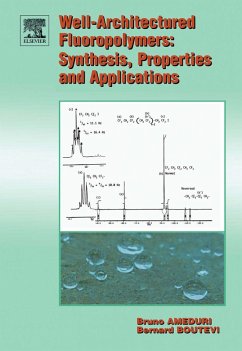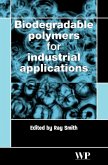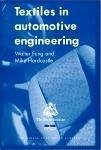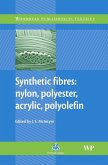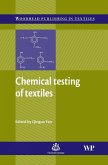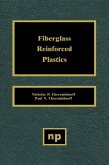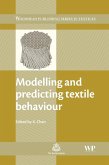Because of the increasing need for ever better performing materials endowed with specific properties, macromolecular engineering has become a useful tool for designing well-architectured polymers (telomers, telechelics, stars, dendrimers, alternating, block- and graftcopolymers). These polymers are nowadays seeing an enormous growth. Among them, fluoropolymers are seen as high value added materials in many applications ranging from surfactants, optical fibers, biomaterials, coatings, to membranes for fuel cells. Indeed, the relationship between structure of the monomer to the properties of the polymers is of increasing interest so that these properties are tuned for the most appropriate applications. As most fluoropolymers are prepared from radical synthesis, this book devotes various parts on the use of the controlled radical (or pseudo-living) polymerisation of fluoromonomers leading to discoveries of thermoplastic elastomers or original surfactants for polymerisation in supercritical CO2. Well-Architectured Fluoropolymers: Synthesis, Properties and Applications is composed of five chapters starting with a general introduction outlining basic concepts. Emphasis is placed on recent developments, and each chapter describes comprehensive techniques of synthesis of well-defined fluorotelomers or polymers, their properties, characterisations, and their applications, for immediate use by today's engineers, industrial and academic scientists, and researchers. The book has been arranged to enable self-managed reading and learning. It is both a source of data and a reference. - On the synthesis, properties and applications of fluoropolymers: remarkable, high value added materials applied in surfactants, optical fibres, biomaterials, coatings and membranes for fuel cells - For immediate use by today's engineers, industrial and academic scientists, and researchers - Written to enable self-managed reading and learning, being both a source of data and a reference
Dieser Download kann aus rechtlichen Gründen nur mit Rechnungsadresse in A, B, BG, CY, CZ, D, DK, EW, E, FIN, F, GR, HR, H, IRL, I, LT, L, LR, M, NL, PL, P, R, S, SLO, SK ausgeliefert werden.

